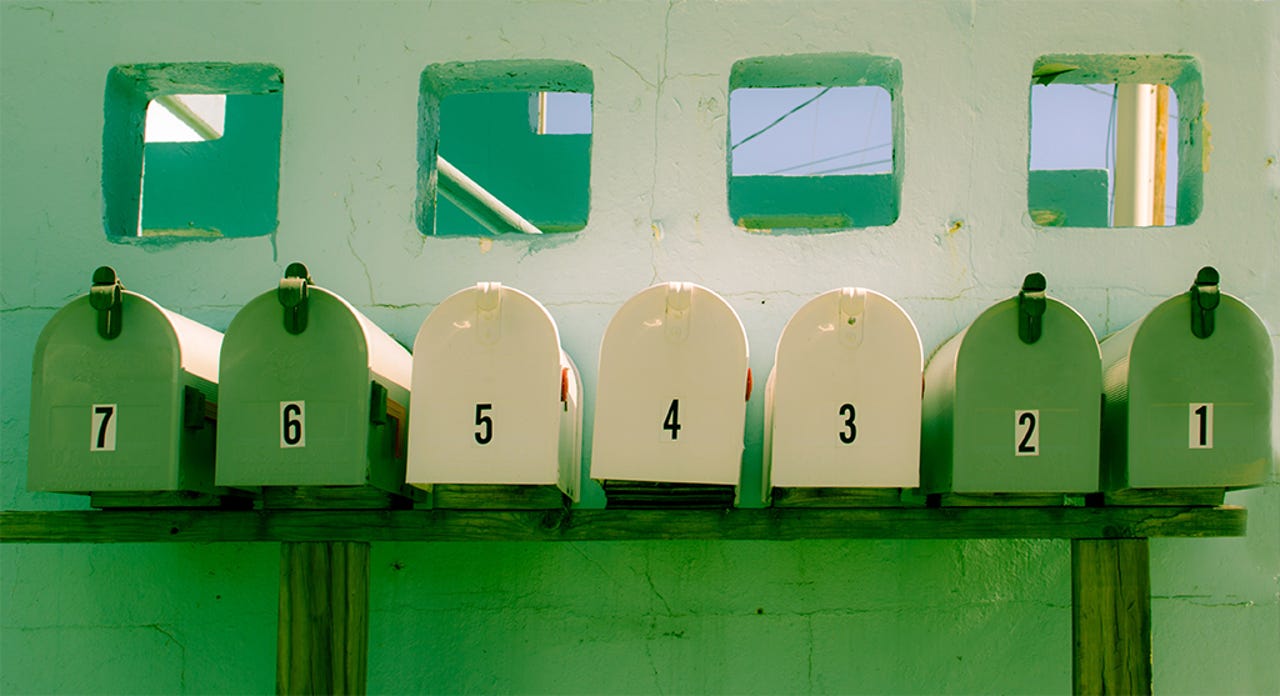Gmail quick tip: Use color coded labels to organize your inbox


It's been almost three years since I switched from Outlook to Gmail. To be honest, it's hard to understand how I could have ever gone so many years living in Outlook. Gmail has, mostly, been a seamless experience. I sure don't miss wrangling the Outlook application on all my devices. Web-based mail is a huge win. Although Outlook now has a much better web mail than in years past, I still prefer Gmail.
That said, I recently found myself missing one feature I used a lot in Outlook: conditional formatting.
For those of you who aren't familiar with that feature, conditional formatting allows you to set message list formatting based on rules. So, for example, if you get an email from your most-important contact, you can make the font size bigger, or change the message line's color so it stands out from the rest.
Gmail does not have conditional formatting. You can use filters to put email in different folders (what Gmail calls labels) or put it in different tabs along the top of the inbox. But there's no way to color-code messages.
Last week, I was working on a project where I sorely needed some additional organization. I had a pile of incoming email related to the project, but needed a quick visual way to note that an email was related to the project, and to be able to distinguish between hosting-related and VPN-related emails (since those were the two topics I was writing about).
After giving the problem some thought, I realized I could use a combination of filters and colored labels to help out. Here's what my inbox looked like once I implemented the approach:
Add color labels to make certain groups of messages stand out.
If you want to do something similar, here's how to go about it.
The first thing you'll need to do is create a label. To do this, you may have to expand the "More" arrow at the bottom of your Gmail box list. Here's my More section:
Expand those hidden labels.
Then hit Create new label. Be sure that when you create your label, you do NOT nest it. It must be in the top level.
Create a label, but make sure it's at the top level. Don't nest it.
I recommend you use label names that are short. That way, labels won't take up too much space on your message list.
Once you've created a label, it will be placed among the other inbox labels, which I find gets in the way.
Initially, your new label will be inline with all your other labels. We'll fix that.
We're going to do two things. First, we're going to give the label a color. Then we're going to hide it. Hit the drop down menu, choose Hide under "In label list" and then choose a color. I chose a nice green.
Here's where you change the color of the label and hide it so it's only visible in your message list.
Next, hit Less to hide all the random junk, including your color-coded labels.
You can hide all your color-coded labels.
You can assign color coded labels in two different ways. You can just select a label, as shown here:
You can assign a label from within a message.
Or, you can create a filter, with the label option set:
This is what I do. I use it to flag important senders I don't want to miss, projects I'm working on, and more -- all automatically.
There you go. From that point on, you'll have messages with color coded labels. It's been a big help to me. I'm hoping it will be helpful to you, as well.
Hey, do you have a cool Gmail tip or trick? Share in the TalkBacks below.
You can follow my day-to-day project updates on social media. Be sure to follow me on Twitter at @DavidGewirtz, on Facebook at Facebook.com/DavidGewirtz, on Instagram at Instagram.com/DavidGewirtz, and on YouTube at YouTube.com/DavidGewirtzTV.